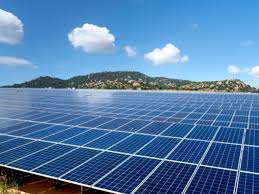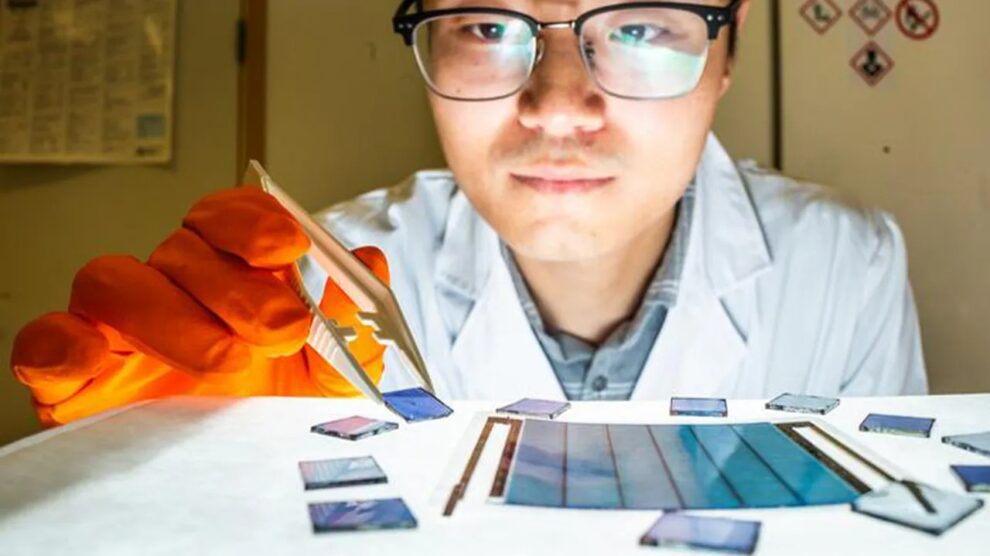Non-Toxic and Efficient Solar Cells for Greener Mass Production. This innovation emphasizes the creation of photovoltaic technologies that not only deliver improved efficiency but also reduce the reliance on hazardous materials often associated with traditional solar cells. By eliminating the use of toxic substances like lead or cadmium, which are commonly found in conventional solar cell technologies, you could witness a transformative shift in how renewable energy is produced and integrated into the global energy system. The adoption of these greener alternatives addresses environmental, health, and scalability concerns, setting the stage for a more sustainable mass production approach.

Understanding the Need for Non-Toxic Solar Technology
Traditional solar cells have long been criticized for their dependence on materials that pose risks to both human health and the environment. While the energy generated from solar cells is undeniably cleaner compared to fossil fuels, the production process can release harmful substances. These toxins, if not managed responsibly, can contaminate ecosystems, disrupt human health, and undermine the core sustainability goals of solar energy.
Non-toxic solar cells aim to replace these materials with safer alternatives without compromising on performance. Researchers focus on novel materials, including organic and perovskite compounds, that offer high energy conversion efficiency while being environmentally friendly. By using these alternatives, you ensure that solar technology remains as beneficial in its manufacturing process as it is in its energy generation.
Advances in Material Science
The development of new materials has been instrumental in driving the shift toward greener solar cells. Perovskites, for instance, have emerged as a frontrunner in this domain due to their exceptional efficiency and versatility. Unlike traditional silicon-based cells, perovskites can be manufactured using low-energy processes and non-toxic elements. Early versions of perovskite solar cells included lead, raising concerns about their environmental impact. However, ongoing research has led to the development of lead-free perovskites, which retain the benefits of high efficiency and ease of production.
In addition to perovskites, organic solar cells offer another avenue for greener energy production. Composed of carbon-based materials, these cells are lightweight, flexible, and can be produced using eco-friendly methods. The adoption of organic materials not only reduces toxicity but also expands the range of applications for solar technology, including portable and wearable devices.
Scalability and Mass Production
Transitioning to non-toxic solar cells for mass production presents challenges, but it also offers immense potential for scalability. One of the key advantages of newer materials like lead-free perovskites and organic compounds is their ability to be produced using solution-based methods. These methods involve printing or coating techniques that are faster, cheaper, and require less energy compared to the traditional processes used for silicon cells.
By integrating these methods into mass production, manufacturers can achieve cost reductions while minimizing environmental impact. The flexibility of these materials also allows for the creation of solar cells in various shapes and sizes, making them suitable for diverse applications ranging from large solar farms to residential installations.
| Aspect | Traditional Cells | Non-Toxic Alternatives |
|---|---|---|
| Key Materials | Silicon, lead, cadmium | Lead-free perovskites, organic compounds |
| Environmental Impact | Toxic waste, energy-intensive | Low toxicity, eco-friendly processes |
| Manufacturing Techniques | High-temperature, rigid | Solution-based, flexible |
| Scalability | Moderate | High, adaptable |
Balancing Efficiency and Sustainability
One of the challenges you might face with non-toxic solar cells is achieving efficiency levels comparable to or exceeding those of traditional technologies. Early iterations of green alternatives often struggled to match the performance of silicon-based cells, which have an established track record of efficiency and durability. However, advancements in material science and engineering have significantly narrowed this gap.
Researchers now focus on optimizing the stability and lifespan of these new materials, ensuring that they can withstand prolonged exposure to environmental factors like sunlight, humidity, and temperature fluctuations. By addressing these challenges, non-toxic solar cells can compete not only on environmental grounds but also in terms of reliability and cost-effectiveness.
Broader Impacts on Energy Policy
The shift toward non-toxic and efficient solar cells aligns with global efforts to reduce greenhouse gas emissions and transition to renewable energy sources. Governments and regulatory bodies play a crucial role in facilitating this transition by providing incentives for research and development, offering subsidies for adopting greener technologies, and implementing stricter environmental standards for solar cell production.
As a policymaker or advocate, supporting these initiatives ensures that the adoption of non-toxic solar cells contributes to broader sustainability goals. The widespread deployment of such technologies could also enhance energy equity, making clean energy accessible to underserved communities worldwide.
The development of non-toxic and efficient solar cells signals a transformative moment in renewable energy. By addressing the environmental and health challenges associated with traditional solar technologies, these innovations pave the way for sustainable mass production. As you explore this evolving field, it becomes clear that greener solar cells hold the potential to revolutionize how energy is produced, distributed, and consumed. Through continued investment in research, technological advancements, and supportive policies, the vision of a cleaner, more sustainable future can become a reality.










Add Comment